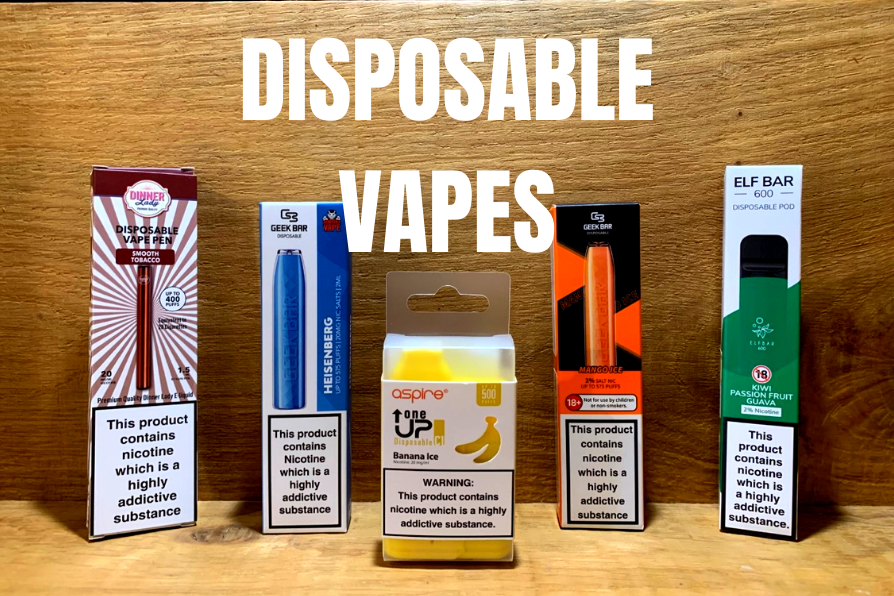The world of vaping has seen rapid evolution over the past decade, with its popularity skyrocketing among both smokers and non-smokers alike. Cake Disposables Vaps, short for vaporizing, involves inhaling vapor created by an electronic device that heats a liquid known as e-liquid or vape juice. While many have embraced vaping as a less harmful alternative to traditional smoking, it has not been without its share of controversies. In this article, we will explore the various aspects of vaping, from its inception to its current state, shedding light on the debates and choices that surround it.
The Origins and Appeal of Vaping: Vaping emerged as a potential smoking cessation tool in the early 2000s, gaining traction as a perceived safer alternative to combustible cigarettes. Its appeal lies in the absence of tobacco combustion, which significantly reduces exposure to harmful chemicals produced during combustion. E-cigarettes and vape devices offered a variety of flavors and nicotine strengths, making them attractive to smokers seeking to quit or reduce their nicotine intake. However, the rapid proliferation of flavors also attracted a new demographic – the youth.
Youth Epidemic and Flavor Controversy: One of the most significant controversies surrounding vaping has been the rise of its popularity among teenagers and young adults. Critics argue that aggressive marketing and enticing flavors have contributed to a surge in youth vaping, leading to concerns about nicotine addiction and long-term health effects. Flavors like fruit, candy, and dessert have been accused of targeting younger demographics, prompting regulatory responses to curb their appeal to minors.
Health Concerns and Research Gaps: While vaping is generally considered less harmful than traditional smoking due to the absence of combustion, concerns about its safety persist. The long-term health effects of inhaling e-cigarette vapor are still under investigation. Reports of lung injuries and cases of vaping-related illnesses have raised alarms, highlighting the need for rigorous research to understand the potential risks associated with vaping, particularly when it comes to the use of unregulated products or THC-containing cartridges.



